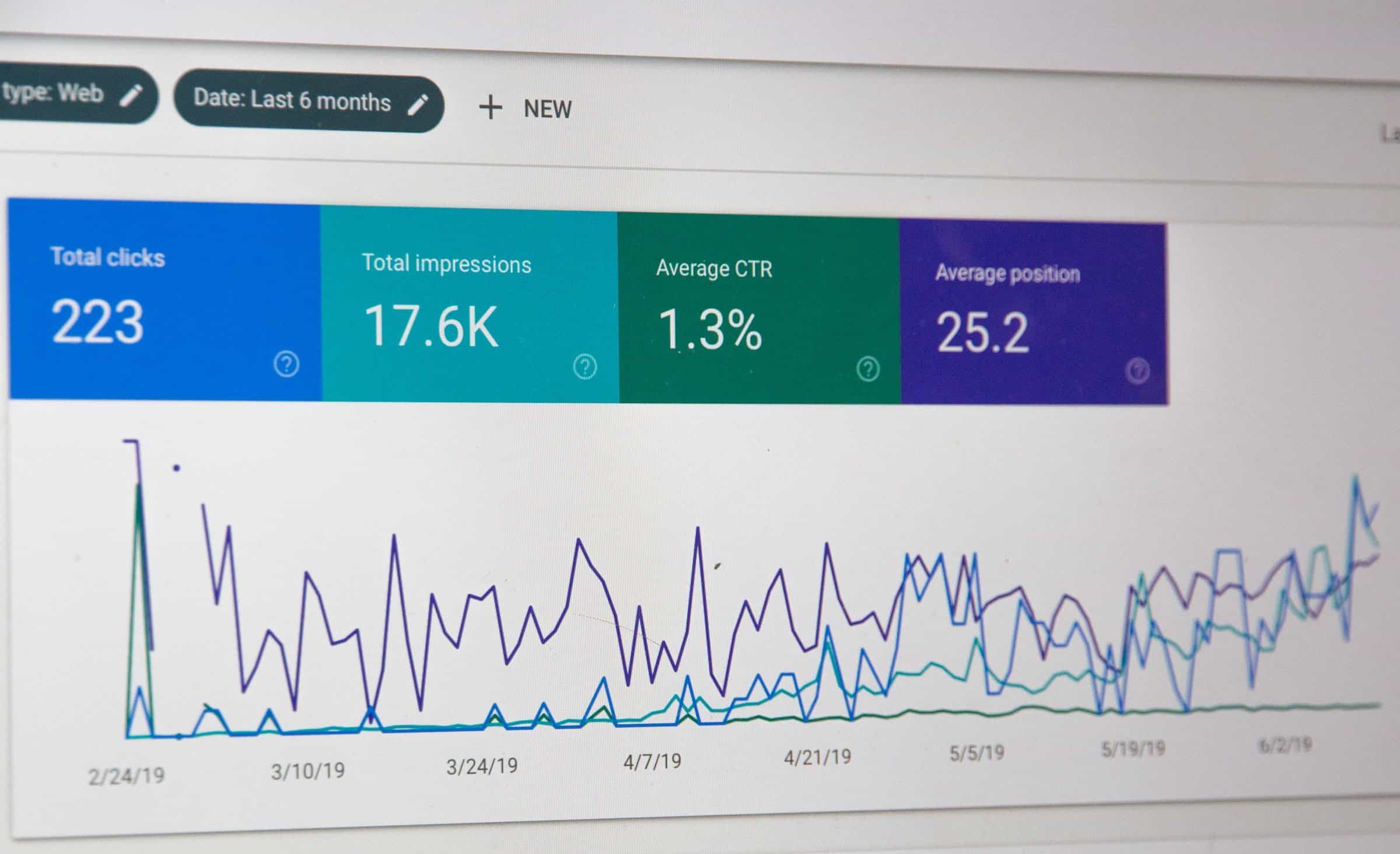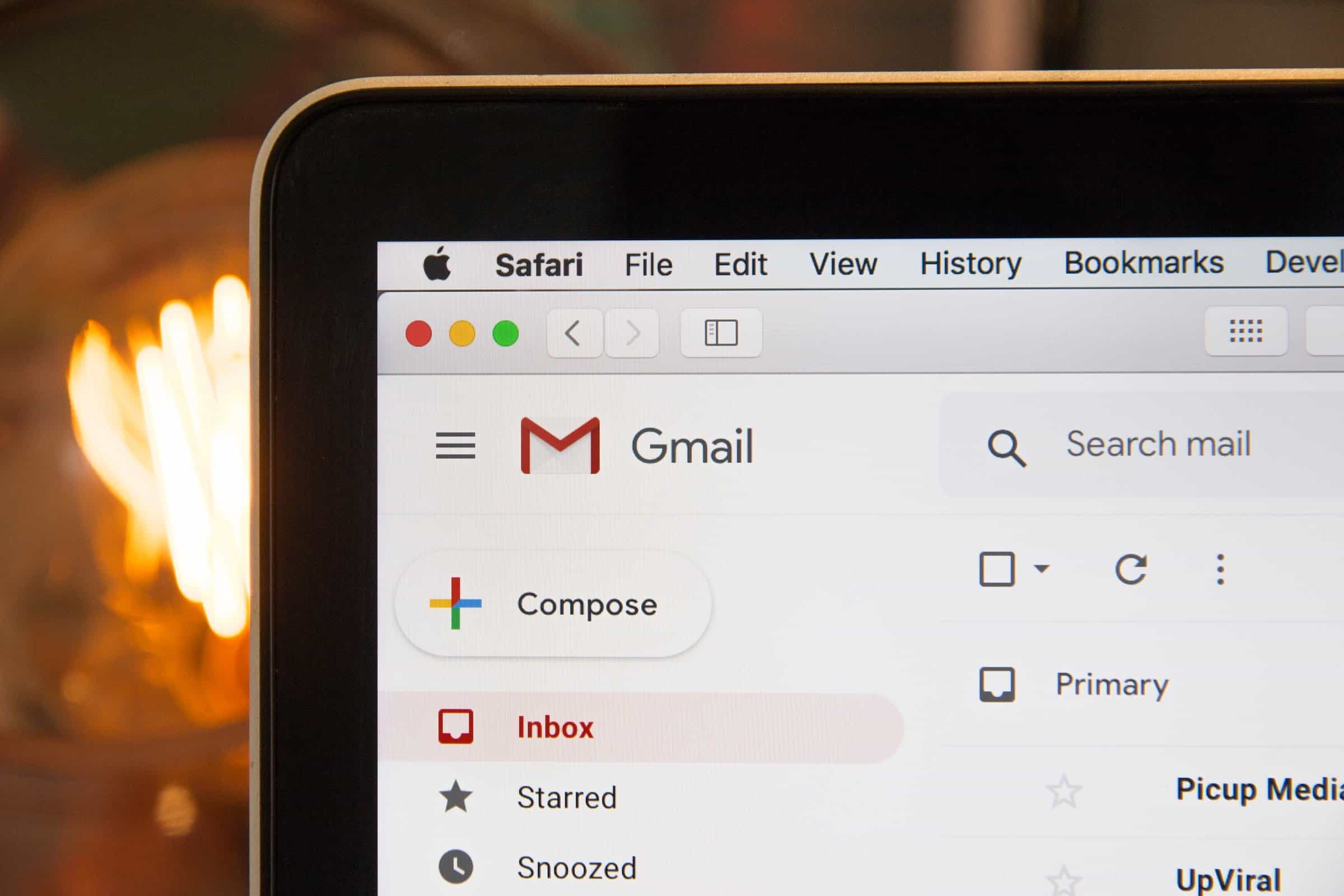Over 40% of businesses recognize that their marketing and sales strategies are outdated, and this could also be the case for you.
If you’re using old tactics, you’re falling behind. But by learning how to develop a strong lead funnel, you have the chance to get your business back on its feet!
Give your business the boost it needs with the nine components for creating a good marketing funnel that we are going to cover in this article. With these lead generation funnel tips, you can attract new leads, nurture them, and turn them into sales.
So if you want to develop a smart strategy for boosting your business using nine easy tips, then keep on reading!
1. Improve Your Landing Page

Before doing anything else, you need to take a look at your website.
Your landing page plays a huge part in your lead funnel. Without a strong landing page, prospects will disappear before you ever get the chance to turn them into a lead.
Your website will likely represent your business before a salesperson can get in a single word. After all, your website operates 24/7, regardless of your business hours.
In order to improve your website and start collecting leads, you need to consider the user experience (UX). Why?
Because UX web design practices focus on providing the user with ease and convenience. And if visitors struggle to use your website, they’ll most probably take their business elsewhere.
When your website is organized, eye-catching, and easy to navigate, it encourages visitors to click around. And eventually, they’ll find your lead generation form, allowing you to turn them into a lead.
Design Tips

The first step to improving your website’s design is to speed it up. You can use Google’s PageSpeed Insights to determine what’s slowing your site down.
No one wants to wait around for a page to load. In fact, Google’s determined that slower pages have higher bounce rates. The bounce rates being an indication that people are leaving your site without clicking around at all.
Don’t forget to check your website’s security as well. After all, people are more likely to trust a website with their private information if it’s secure. Meaning that if you don’t have HTTPS in front of your domain name yet, make sure to get an SSL certificate as soon as possible.
It’s also important to make sure your website is mobile-optimized. More and more people are browsing strictly from their mobile devices. And a site that isn’t optimized will be difficult to use on smaller screens.
Also, test the buttons on your site, especially the ones for your lead funnel form. Check if they are easy to use on mobile devices and if the text on them is easy to read.
In a nutshell, if your site isn’t mobile-optimized, make that your priority!
2. Get Integrating
In order to improve your acquisition funnel, you need to consider different ways to simplify the process. For example, using a CRM can help you manage and nurture your leads.
Consider integrating your CRM with the other tools you’re using. For example, you can have website form submissions send straight to your CRM or you can integrate your CRM with pay-per-click platforms.
Trust us, bringing all your tools under one roof will help simplify the process.
Also, as you use these tips, make sure you consider these sales funnel stages for creating a winning sales funnel.
3. Start Automating

Consumers are looking for quick and easy answers to their questions. And by adding a chatbot on your site, you can increase visitor interactions and lead generation. Plus, it frees up your time to focus on nurturing your leads.
Using marketing automation could increase your number of qualified leads by 451%.
You can use automation through chatbots, emails, and other tactics as well.
4. Step Up SEO

Search engine optimization (SEO) will help your website appear higher on search engine results pages generated by Google. The higher you rank on Google, the more often consumers will see your brand.
In addition to boosting brand awareness, SEO can also help you acquire more leads and website traffic. So it’s an important component of any lead generation strategy.
It’s also cost-effective and easy to use!
SEO can easily be improved by constant content creation. To do so you can try different content formats, including:
- Blog posts
- Videos (tutorials, product demos, company culture content, etc.)
- Infographics
- Quizzes
- Polls
You can also create eBooks and prompt people to fill out a form to access the download.
After you create it, optimize your content by using the target keyword. And in the end, finish off your SEO content with a call-to-action. This will encourage people to fill out a form on the page and possibly even contact you.
SEO does require thorough research and a strategic approach to ensure a successful optimization, so while your efforts are being channeled towards those tasks, it’s always a good idea to ease your other assignments, such as importing your content into WordPress. Of course, there’s no better way of doing it than with a proper tool, which is where Wordable.io steps in and provides you with the smoothest experience possible.
All in all, SEO-optimized content will improve your lead funnels significantly by bringing in more people to your site.
5. Stay Social
![]()
Once you start creating content, post it on social media. Then, end your post captions with a compelling call-to-action.
Don’t focus on selling. Instead, use social media to spark consumer interest. Link them to your site and let your brand’s value speak for itself.
Also remember, as people start commenting on your posts, don’t forget to comment back. Start a conversation and show consumers you’re there to help.
6. Utilize Pop-Ups
You can use different pop-ups on your website to further improve your lead funnel. These pop-ups can appear at different moments, including when someone first lands on your site and when they’re about to leave.
You can add a form on your pop-ups as well to gather more leads!
7. Pick up PPC

Pay-per-click (PPC) advertising is an effective strategy for attracting more people to your site. These ads can appear on Google, Facebook, Instagram, and other platforms.
Once prospects arrive on your website with the help of these ads, you can then use compelling language to direct them to a form.
8. Start Remarketing
What if someone visits your website but leaves without becoming a lead? You can use remarketing to bring them back.
With remarketing, you have a second chance to appeal to prospects before converting them into leads.
Remarketing is a great way to remove gaps from your acquisition funnel. Just make sure that the language you use in these ads is fresh, unique, and relevant so it can actually help return visitors.
9. Nurture Emails

Once you start acquiring leads, it’s important for you to nurture them. Otherwise, those leads might never become paying customers.
If you didn’t know, email marketing can produce a return on investment of 122%, so it’s absolutely crazy not to utilize it.
When creating an automated drip email campaign, make sure it’s personalized. Also, you might want to separate your large target audience into smaller groups. For example, you can separate subscribers based on the service or product page they viewed.
Then, use creative emails to bring them back to your website, where they can make a purchase!
Conclusion
Give your lead generation strategy the boost that it needs.
With these nine lead funnel creation tips, you can start bringing in new business through a lead generation funnel as early as today!
For more helpful marketing tips, explore the Resources section on our blog!
